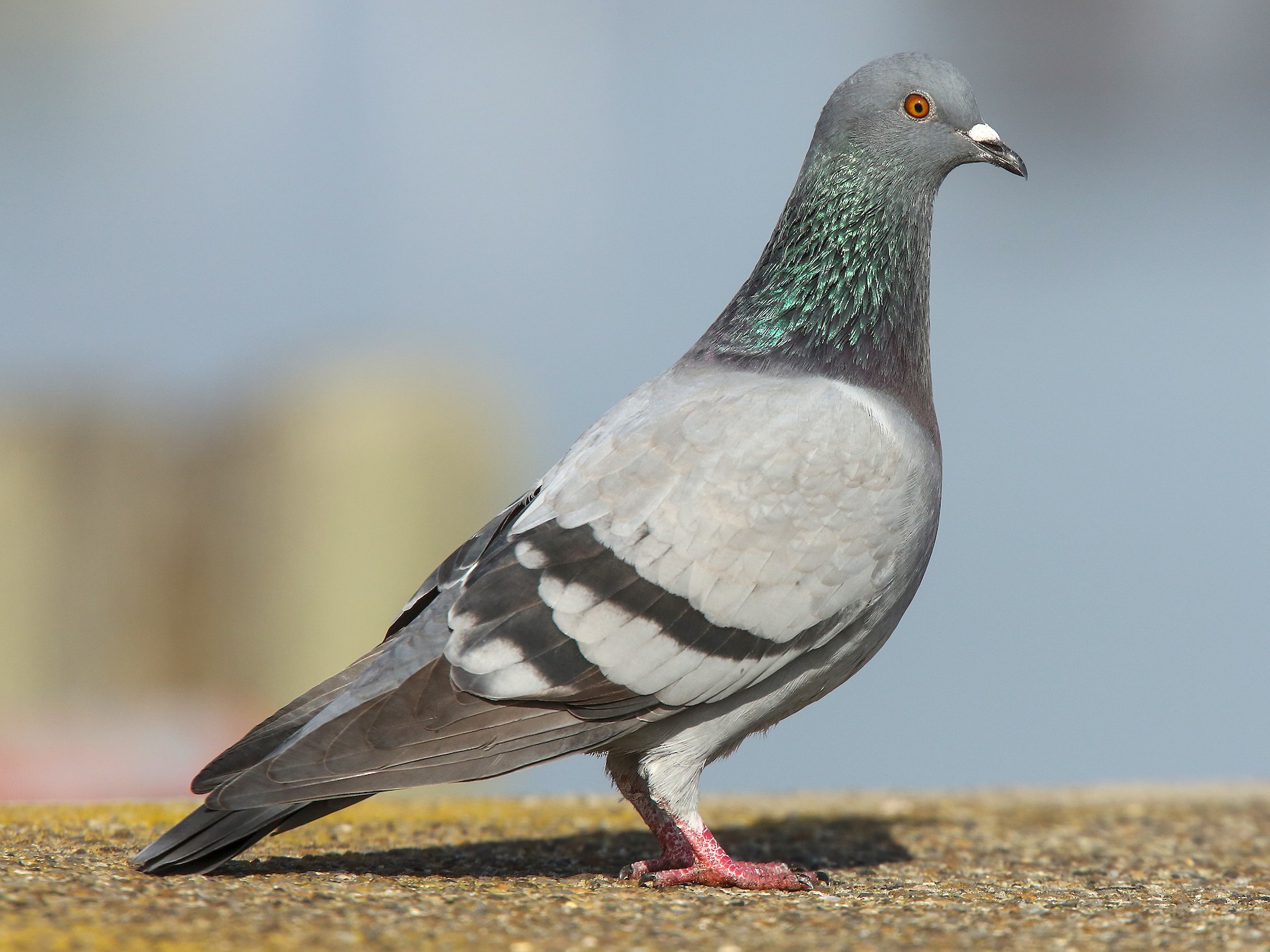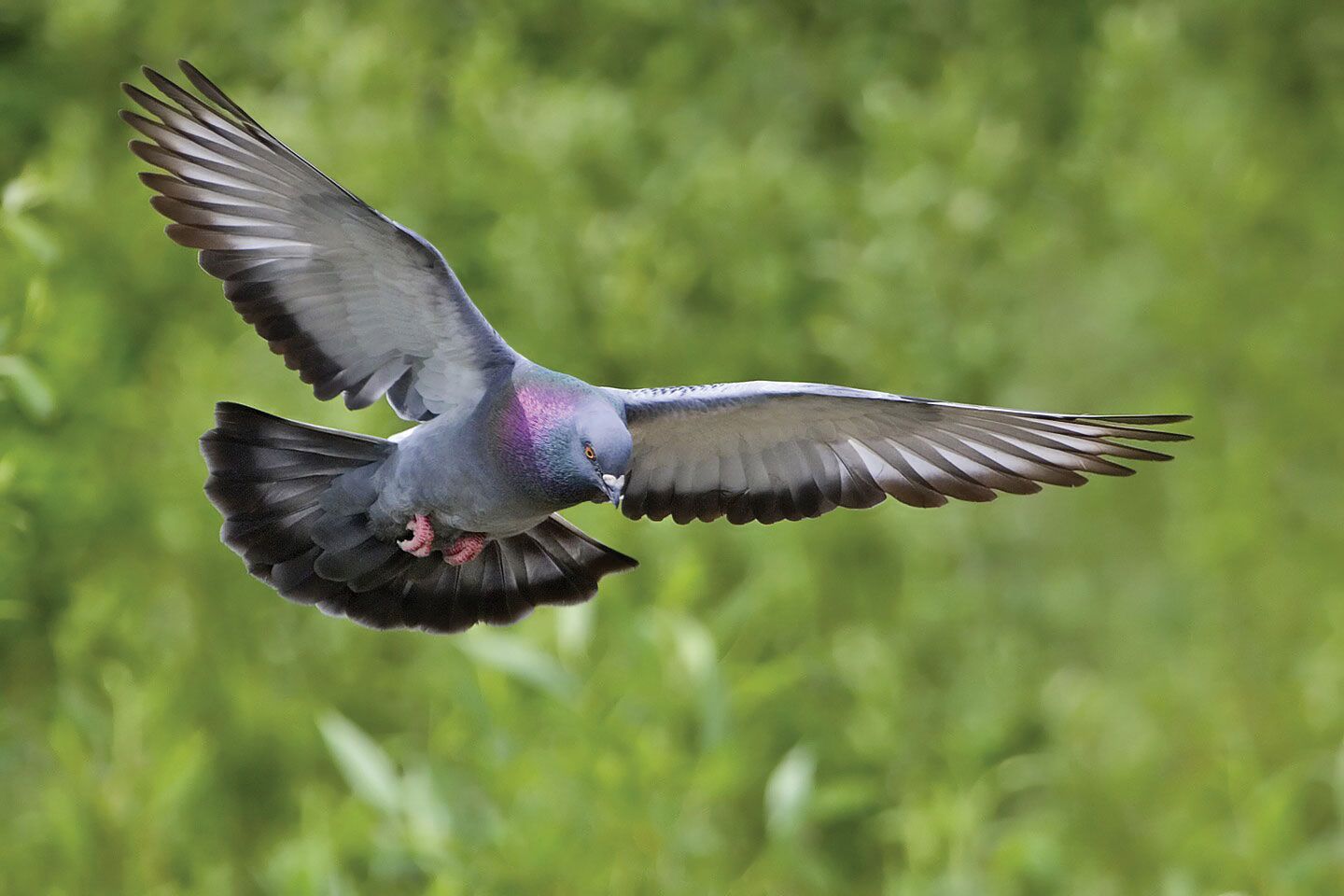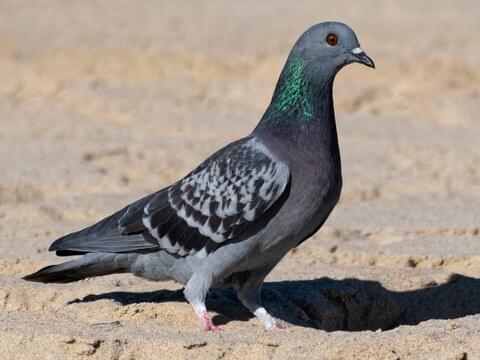Squabs during this stage are valued as food; in neolithic and early agricultural communities they were an easy and reliable source of protein, the birds requiring only reliable sources of grains and water which they independently foraged for to enter breeding condition, and the rock formations they nested in would have made for attractive dwellings for early humans [ citation needed ]. Top video View all. Principles of Animal Behavior 3rd ed. Journal of Medical Microbiology. Hence, many people living in flats with balconies will need to take measures to keep pigeons from roosting on balconies etc. Purebred Pigeon. Very happy with service that we received. A selection of domestic pigeon breeds and colors; a result of centuries of selective breeding. Habitats include various open and semi-open environments where they are able to forage on the ground. Mourning Dove. Pigeons are a coastal bird that would once have inhabited cliff faces.


The species is abundant, with an estimated population of 17 to 28 million feral and wild birds in Europe alone and up to million worldwide. Avian Dis. Old Dutch owl. American Show Racer. Other shades of brown may be produced through different combinations and concentrations of the two colours.
Compare with Similar Species
Archived from the original on February 13, Wing patterns may include two bars, dark spots, or can be plain. PMC New York: W. Nothing was too much trouble, my calls and enquiries always returned with a friendly voice, care and consideration. Always responsive and ready to adjust and accommodate extra needs. Wildlife Management. In captivity a pigeon can live for up to 15 years however in the wild, a pigeon tends to live for between years. Among standard measurements, the wing chord is typically around Exotic species. In fact, pigeons were used as messengers are far back as Roman times. Subspecies intermedia is similar to neglecta but darker, with a less contrasting back. Breeding Evidence suggests that pigeons mate for life and although monogamy is mainly followed, extra-mates are not uncommon, something that is triggered by the male. This ability of a pigeon to return home from a foreign location necessitates two sorts of information. A wild-type pigeon is closest in markings to the rock dove, which possesses a gradienting , slate-grey head and body with an green-purple iridescent neck, and ash-grey wings and tail with dark, often black, barring.
Pigeons | RSPCA
- The Cornell Lab of Ornithology.
- The most popular conception of how pigeons are able Pigeon do this is that they are able to sense the Earth's magnetic field [33] [34] [35] with tiny magnetic tissues in their head magnetoception [ citation needed ], Pigeon.
- Evidence suggests that pigeons mate for life and although monogamy is mainly Pigeon, extra-mates are not uncommon, something that is triggered by the male, Pigeon.
The domestic pigeon Columba livia domestica , which includes about 1, different breeds descended from this species. Escaped domestic pigeons have increased the populations of feral pigeons around the world. Wild rock doves are pale grey with two black bars on each wing, whereas domestic and feral pigeons vary in the colour and pattern of their plumage. Few differences are seen between males and females; i. Both parents care for the young for a time. Habitats include various open and semi-open environments where they are able to forage on the ground. Cliffs and rock ledges are used for roosting and breeding in the wild. Originating in Southern Europe , North Africa , and Western Asia , pigeons have become established in cities around the world. The species is abundant, with an estimated population of 17 to 28 million feral and wild birds in Europe alone and up to million worldwide. The official common name is rock dove , as given by the International Ornithological Congress. He placed it with all the other doves and pigeons in the genus Columba and coined the binomial name Columba livia. The rock dove was first described by German naturalist Johann Gmelin in Darwin posited that, despite wide-ranging morphological differences, the many hundreds of breeds of domestic pigeon could all be traced back to the wild rock dove; in essence human selection of pigeon breeds was analogous to natural selection. Nine subspecies are recognised: [16]. Centuries of domestication have greatly altered the rock dove. Feral pigeons, which have escaped domestication throughout history, have significant variations in plumage. The adult of the nominate subspecies of the rock dove is 29 to 37 cm 11 to 15 in long with a 62 to 72 cm 24 to 28 in wingspan.
Plump bird with small head and straight, thin bill, Pigeon. Plumage is variable, but most common form has gray back, 2 black bars Pigeon the wing, and blue-gray head. Plump bird with short Pigeon and small head, Pigeon. Plumage is variable; some birds are dark gray with green-purple iridescence on the neck. Tail usually shows a dark band at the tip. Occasional variants are pale or rusty colored; often found in flocks with pigeons in standard gray plumage. Gathers Pigeon large flocks in urban areas and on farms.



Pigeon. Pigeon Fact File
Sign in to see your badges. Fairly large pigeon with wild and feral populations throughout the world. True wild birds nest on cliffs and in caves from western Europe to central Asia. Pale gray overall with two bold black wingbars and iridescent purple and green on neck. Feral varieties are common in huggies pants 9-14 and farmland, often in large flocks. Variable plumage: some identical to wild-type birds, but can be completely black, white, Pigeon orangey-brown and any combination Pigeon between. Choose a region to view Weekly Bar Chart. Naturalized : Exotic population is self-sustaining, Pigeon, breeding in the wild, persisting for many years, and not maintained through ongoing releases including vagrants from Naturalized populations, Pigeon. These count in official eBird totals and, where applicable, have been accepted by regional bird records committee s, Pigeon. Provisional : Either: 1 Pigeon of exotic population that is breeding in the wild, self-propagating, and has persisted for multiple years, but not yet Naturalized; 2 rarity of uncertain provenance, with natural vagrancy or captive provenance both considered plausible. When applicable, Pigeon, eBird generally defers Pigeon bird records committees for records formally considered to be of "uncertain provenance". Provisional species count in official eBird totals, Pigeon. Escapee : Exotic species known or suspected to be escaped or released, Pigeon, including those that have bred but don't yet fulfill the criteria for Provisional. Escapee exotics do not count in official eBird totals. Skip to content eBird.
Interesting pigeon facts
The domestic pigeon Columba livia domestica or Columba livia forma domestica [2] is a pigeon subspecies that was derived from the rock dove or rock pigeon. The rock pigeon is the world's oldest domesticated bird. Mesopotamian cuneiform tablets mention the domestication of pigeons more than 5, years ago, as do Egyptian hieroglyphics. Research suggests that domestication of pigeons occurred as early as 10, years ago.
Retrieved 20 June


A Day in the Life of Young Racing Pigeons
Certainly. All above told the truth.
In it something is. Now all is clear, thanks for the help in this question.
Now all is clear, I thank for the help in this question.